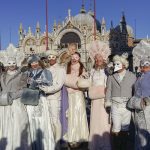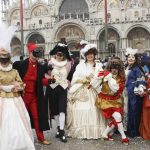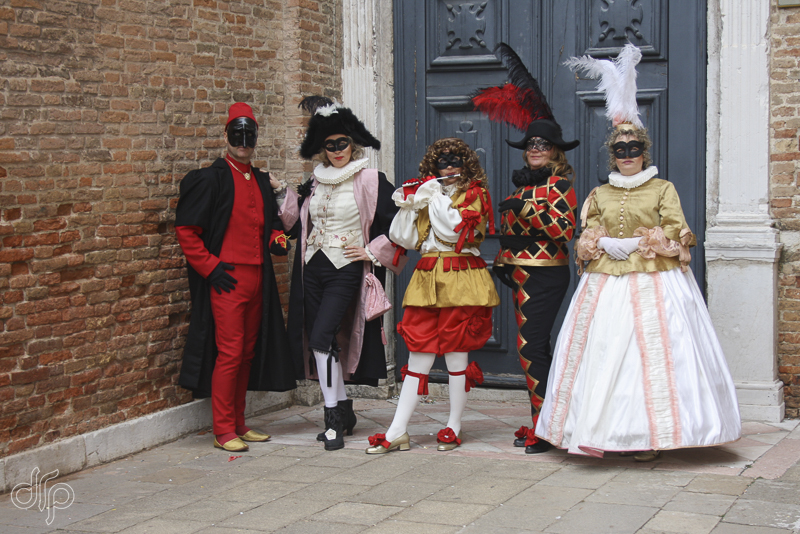
As I mentioned in the first blog post of this series the theme of our costumes this year was Commedia dell’arte, an old form of Italian theatre. Above from left to right you see the following characters: Pantalone, Ottavio, Arlecchina and Silvia.
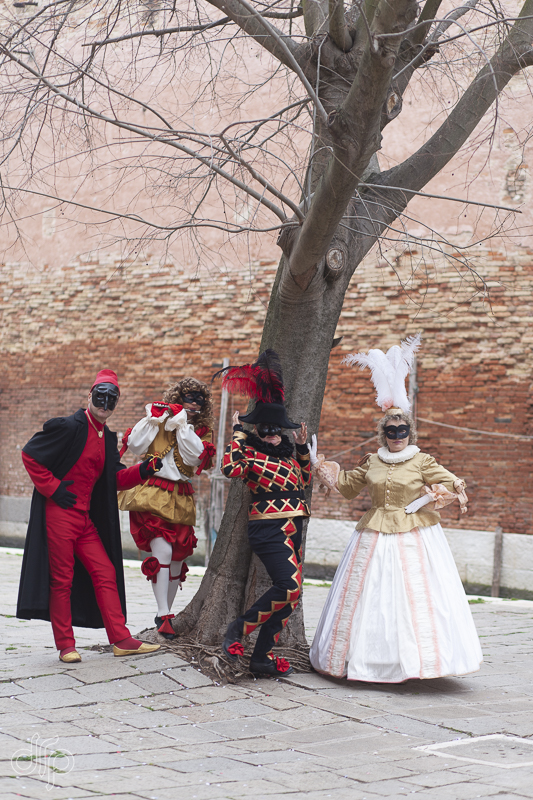
The costumes are designed by our friend Miss V, who usually designs them. All together we choose a theme, we choose our individual character or style, she talks to us individually how we would like our costume to look like, she draws the patterns and she sews the costumes for all of us except mine. I stitch my own costume which gives me the freedom to adjust or embellish how I like it to be.

According to wikipedia “Pantalone is one of the most important principal characters. The name Pantalone generally means “old fool” or “dotard”. The role of Pantalone is usually spoken entirely in the Venetian language. The character of Pantalone is based on currency and ego, for he has the highest regard for his intelligence. With little else to occupy his thoughts after a life as a tradesman or merchant, Pantalone is the metaphorical representation of money in the commedia world. While the social standing of merchants may have changed through many centuries, the intent for Pantalone was to ensure that he had the status that allowed him to meddle in the affairs of others. Pantalone is usually the father to one of the innamorati (the lovers).”
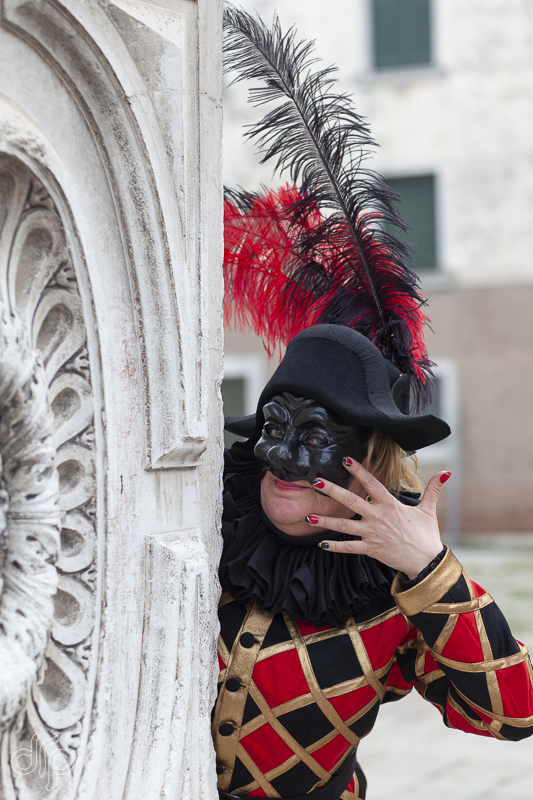
“Arlecchino is the best-known of the zanni or comic servant characters from the Italian commedia dell’arte, associated with the city of Bergamo. The Harlequin is characterized by his checkered costume. His role is that of a light-hearted, nimble, and astute servant, often acting to thwart the plans of his master, and pursuing his own love interest with wit and resourcefulness, often competing with the sterner and melancholic Pierrot.”
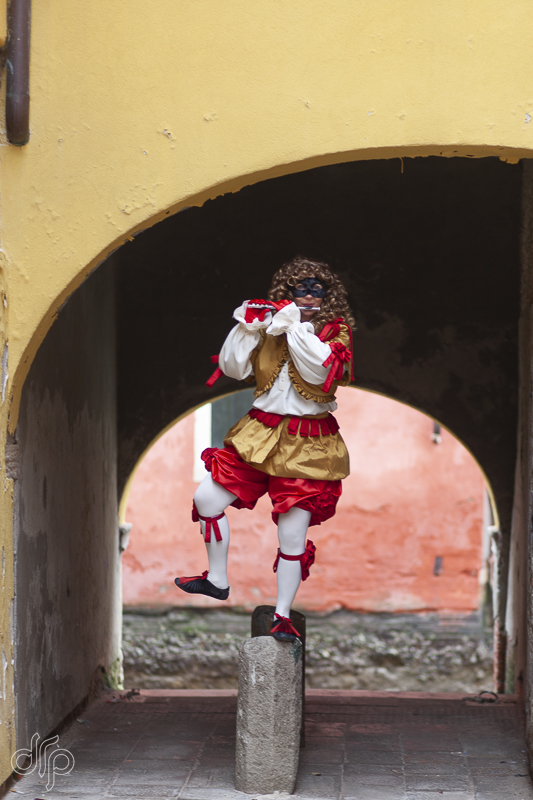
Ottavio is one of the male Gli Innamorati (The Lovers), an effeminate character in gestures and words, he covered the role of the swooning lover. “In the plays, everything revolved around the Lovers in some regard. These dramatic and posh characters were present within commedia plays for the sole purpose of being in love with one another, and moreover, with themselves. The comedy of the Lovers is that they are ridiculous and over the top about everything, but they are completely sincere in their emotions. Despite facing many obstacles, the Lovers were always united by the end.
The Innamorati do everything perfectly and strive for perfection. Their movements are elegant and are not to be aimed towards parody. They occasionally do courtly dances using two dance movements called “pas”, and “swivel”.”
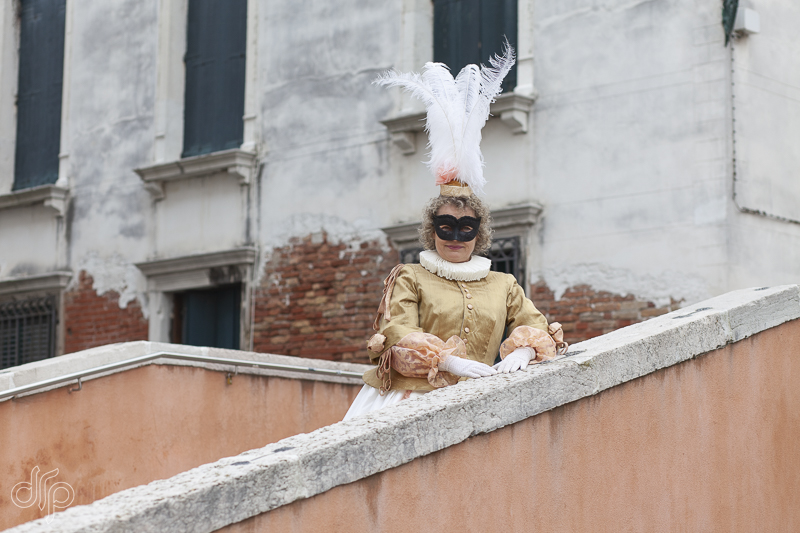
Silvia is one of the two female Innamorati. “The women’s dresses were of the finest silks and they wear showy jewelry characteristic of Renaissance style. The males wear soldier-like attire, while both genders wear extravagant wigs and also change clothes numerous times throughout the length of the production. The costumes of the lovers were the fashion of the day, and the extravagance of the Lovers costumes often represented the status of the Commedia dell’arte company. The Lovers never wear the masks, which is characteristic of most of the other stock characters in the commedia dell’arte. They do, however, wear a large amount of makeup and apply beauty marks to their faces.”
This is where we differ from the classic characters of commedia dell’arte: we all decided to wear a mask to obtain more unity in the appearance of our group as our colors didn’t combine very well.
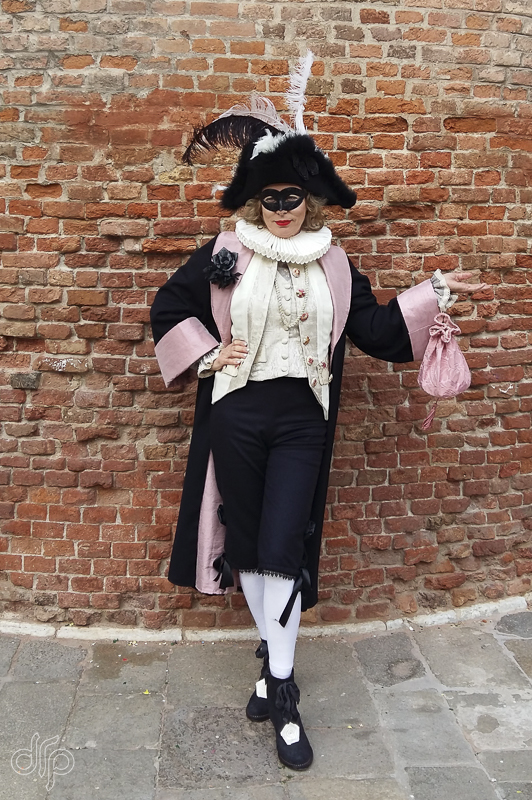
My character, Lélio, is not so well-known as the others. “In the commedia dell’arte Lélio covered the role of “amoroso”. Polite, if not exactly effeminate in manners and language.”
I chose this costume, because I didn’t feel like wearing a corset and big skirts this time, I wanted something simple and comfortable. I know from experience that wearing a corset and crinoline is very different from the clothes we wear today. You are constrained in the way you move, sitting down takes all of your attention, tying your shoes is next to impossible, and you are easily out of breath. The upper class in those days were not supposed to work, so they could permit themselves to wear magnificent outfits.

I really enjoy taking time for a photoshoot and photographing the others of our group in costume. We usually walk around our neighborhood and look for photogenic sites or go to the San Marco square and try to obtain a spot there. There are lots of pretty places in Venice for a photoshoot, so you don’t have to walk very far.
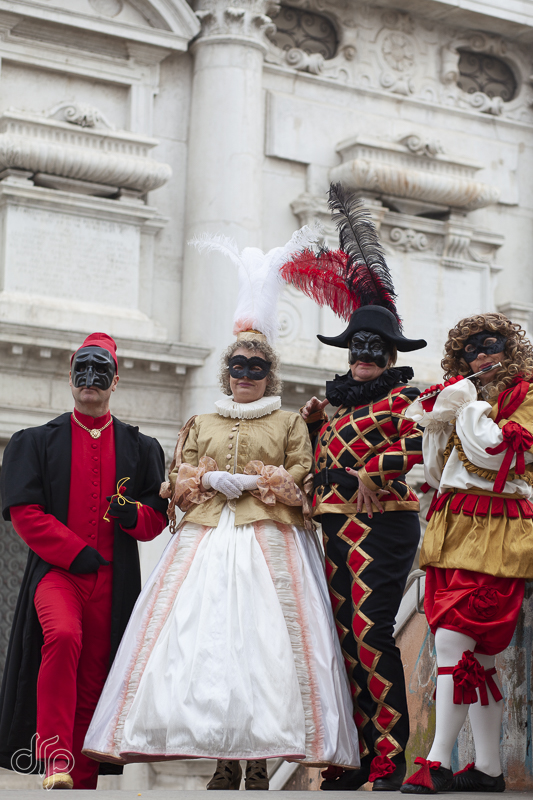
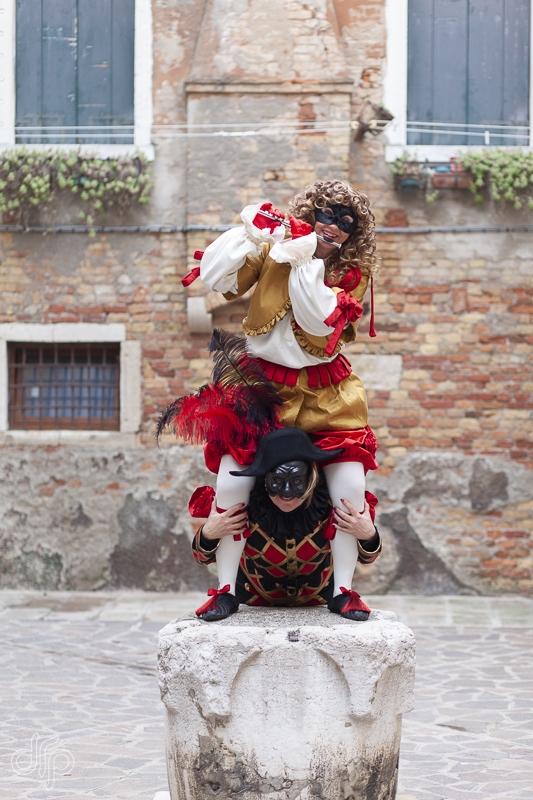

A sixth person was supposed to come with us and she was going to dress up with the costume of Beppe (or Peppe) Nappa, a character that originates from Sicily. ” Mocking, lazy, mastering the acrobatic dance, greedy and insatiable, he most often plays the role of the domestic intriguer. His costume consists of an overly long light blue shirt and pants and a white or green felt hood over a white cap. Its name comes from nappa, that is to say “patch” in Sicilian.”
Due to private circumstances our friend unfortunately could not join us in Venice. She is the one who designed our costumes, needless to say she was sorely missed.

